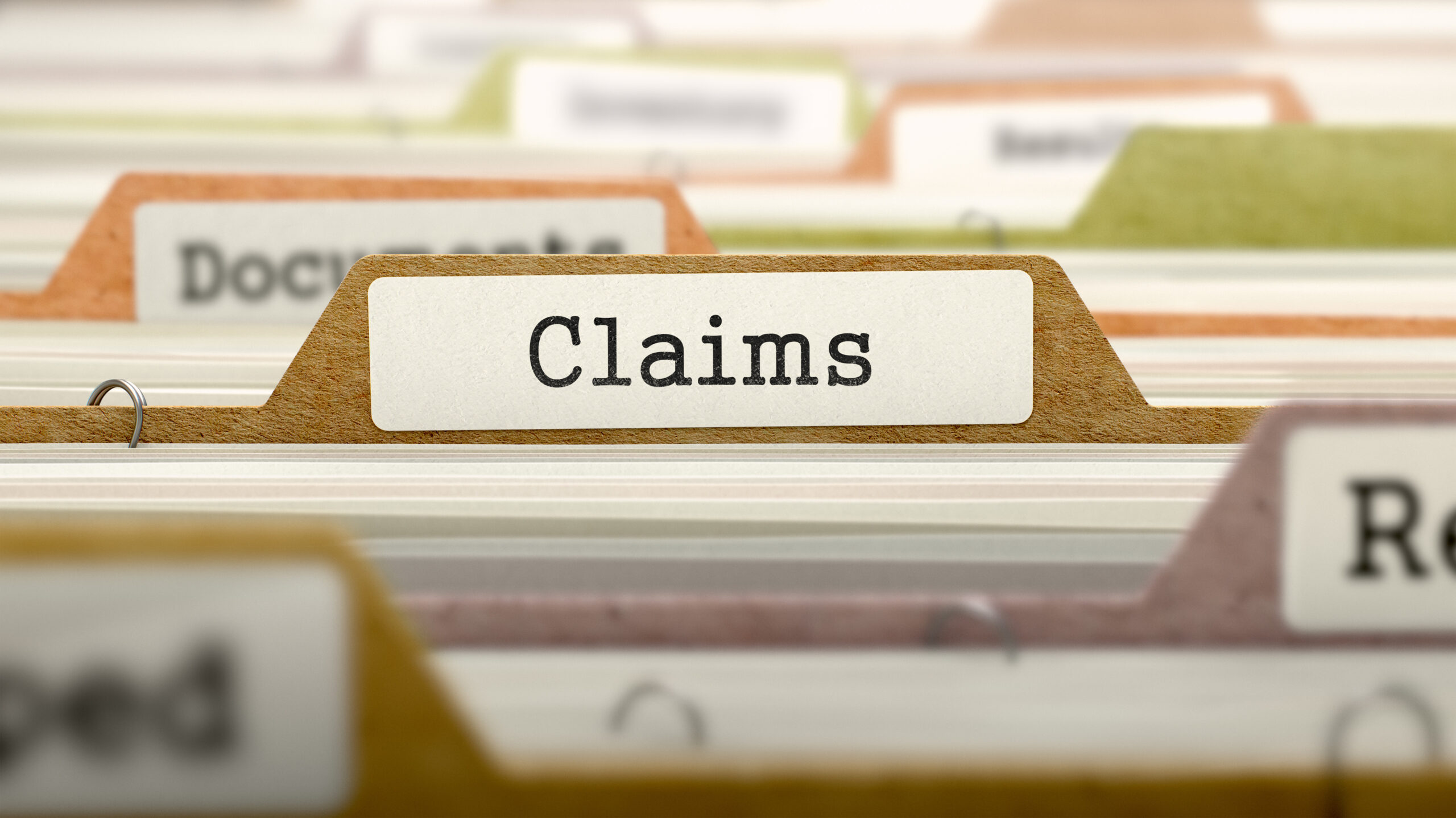By: Editorial Staff, Date: April 30th, 2024
Filing an insurance claim is a crucial step in utilizing the insurance policy when unexpected events, such as accidents or damages, occur. However, the filing process can be daunting and confusing due to the forms that need to be filled out and the complexity of the process. Many people struggle to understand the proper steps and end up missing out on the benefits they are entitled to.
Understanding the basics of filing an insurance claim can greatly assist policyholders in having a smooth and successful process, ensuring proper compensation for any damages or losses incurred. This article will provide a walkthrough of the essential steps and pitfalls to avoid when filing an insurance claim, making the process easier and more manageable.

What is an Insurance Claim
An insurance claim is a formal request made by policyholders to insurance companies to be compensated for any damages or losses covered by the insurance policy. Once submitted, the insurer will analyze the claim for credibility, and upon approval, the payment will be released to the insured.
There are four common types of insurance claims:
- Life Insurance Claims:
After the death of the policyholder, beneficiaries can file for life insurance claims. Financial assistance is provided to the chosen beneficiary to cover expenses such as funeral costs or debts, or they may inherit the policy’s assets.
When filing a life insurance claim, beneficiaries need to submit a claim form and a copy of the policyholder’s death certificate to the insurance company.
- Health Insurance Claims:
Health insurance claims assist policyholders with medical expenses incurred due to illness, surgery, or other health-related issues. These claims can cover prescription medicines, the cost of hospital stays, or surgeries.
Either the healthcare provider or the policyholder can file health insurance claims, depending on the insurance policy.
- Homeowner Insurance Claims:
When a policyholder’s home or personal property is damaged or destroyed by calamities such as fire or storms, a homeowner’s insurance claim is filed to cover repair or replacement costs.
When filing this type of claim, detailed information about the incident must be presented to the insurance company, along with necessary documentation such as photos and an inventory of the damaged items or property.
- Car Insurance Claims:
Car insurance claims are filed when the policyholder experiences damage to their vehicle, car theft, or injury due to an accident. Claims of this type can cover repair or replacement costs as well as medical expenses.
The policyholder must report the incident to the insurance company and provide necessary documents, such as a police report and photographs.
How to File an Insurance Claim
Step 1: Notification of the Incident to the Insurer
The first step is to notify the insurer of the incident. This report must be made as soon as the incident occurs, providing detailed information and necessary documents.
Step 2: Investigation of the Claim
The insurance company will conduct an investigation to determine the cause of the loss, the extent of the damage, and the validity of the claim. This process involves assessing the claim and determining the compensation that the policyholder will receive based on the terms and conditions of the insurance policy.
Step 3: Submission of Documents
Policyholders are required to submit necessary documents with accurate and complete information, such as police reports, medical records, or photographs of the incident, to support their claim.
Step 4: Evaluation of the Claim
After the investigation and submission of documents, the insurance company will evaluate the claim, determining the coverage included in the policy and the amount to be compensated to the policyholder.
Step 5: Settlement of the Claim
Once the insurer has completed their evaluation, a settlement will be issued to the policyholder, either approving or denying the claim. If approved, compensation will be provided to the policyholder.
Pitfalls to Avoid When Filing
- Delayed reporting of the claim: It is important to notify the insurance company immediately after the incident occurs.
- Failure to properly document the damage: Support your claim by documenting the damage, such as by taking photographs or videos, and by taking detailed notes of the incident.
- Failure to thoroughly understand the insurance policy: It is important for policyholders to carefully read and understand the coverages, provisions, and limitations of their policy.
- Undervaluing the claim: When assessing the extent of the damage, it is crucial to avoid underestimating the value of the claim to ensure receiving adequate compensation.
- Accepting the initial settlement without review: Policyholders must avoid accepting the initial settlements offered by insurance companies without review, as the amount offered might not be sufficient to cover all damages.
- Neglecting professional assistance: Policyholders must seek professional assistance when filing insurance claims to effectively navigate the complexities of the insurance policy and claims process.
Filing an insurance claim shouldn’t be a headache for policyholders. With the right approach, attention to detail, and knowledge of insurance claims, policyholders can effectively navigate the claims process and receive the compensation they deserve.
Gain more insights into insurance claims at our webcast: Navigating Insurance Claims: Tips for Policyholders and Best Practices for Adjusters
Upcoming Webcasts
Recent Developments and New Challenges in 2022 Trial Strategy
The past years have seen drastic changes and challenges in in-person proceedings and trials. The onset of the COVID-19 pandemic has put restrictions on court operations which resulted in unprecedented trial backlogs, difficulty in jury selection, as well as other challenges.


